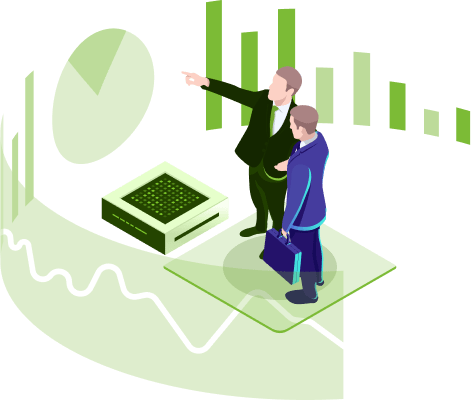Helping with customers
Analysing potential customer churn.
Predictive models analyse historical and transaction data to identify behavioural patterns that indicate potential customer churn, enabling companies to take proactive measures to retain customers.
Improving the customer experience.
Predictive technology enables businesses to enhance customer experiences by analysing their preferences and behaviour to provide personalised services and anticipate future needs. This can ultimately improve overall customer satisfaction and help businesses design more tailored experiences.
In addition, predictive analysis can assist in responding to customer support issues. Free text feedback is valuable but can be more challenging to analyse due to its varied formats and structures.
Predictive technology has advanced to the point where it can analyse both structured and unstructured data, including large amounts of text data. By identifying clusters of words and phrases that convey specific sentiments or ideas, it can generate a comprehensive analysis that can be easily understood.

